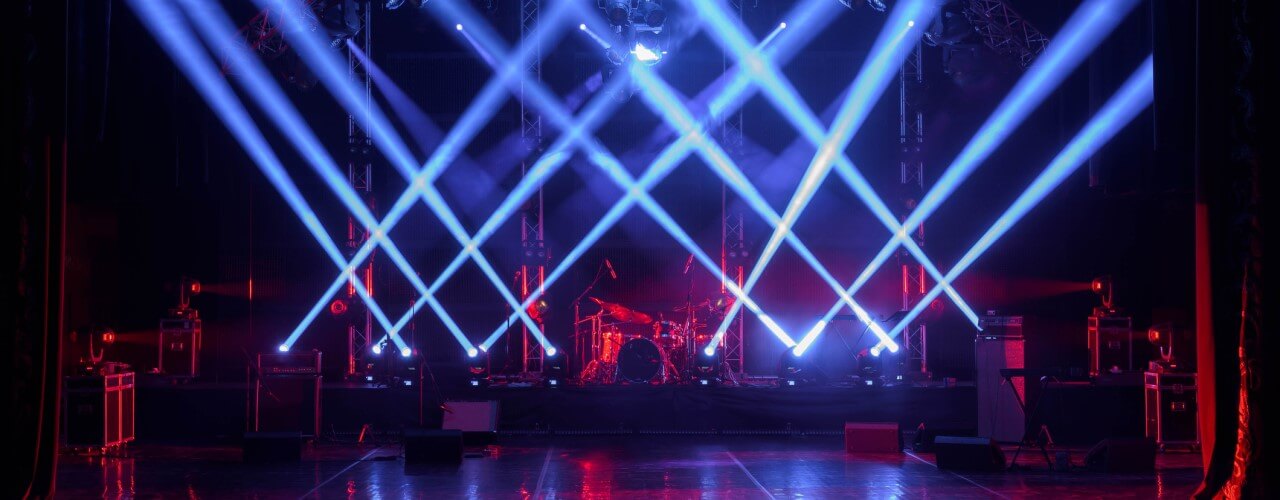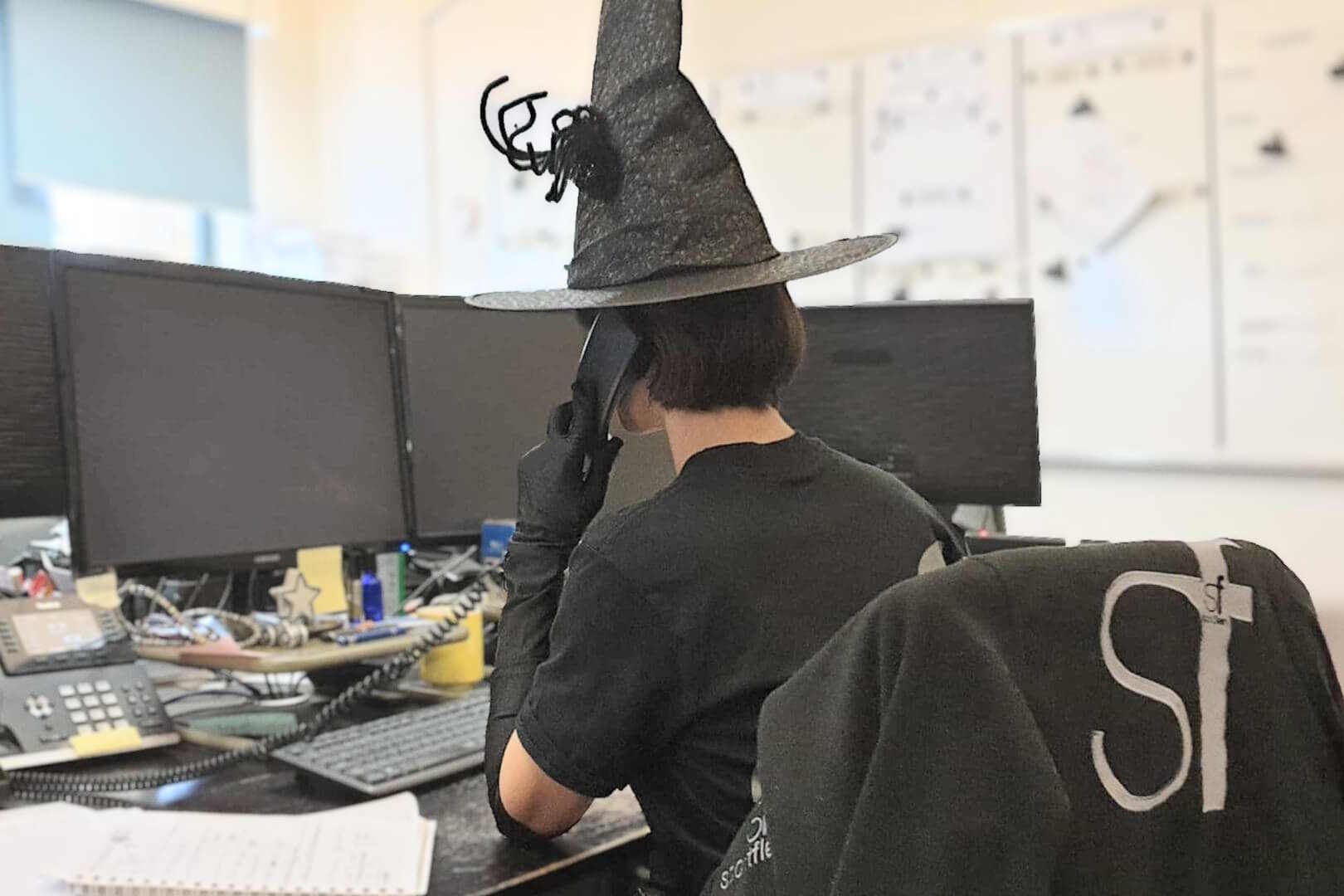Changing Theatre Design through technology
Changing Theatre Design through technology
Technology has had a huge impact on the way that the theatre – and performance – have evolved over the past decade. But its influence actually goes back even further than that – as long as there has been technology and progress there has been a stage where this could make a difference to enhancing the audience’s experience. One early(ish) example of this in theatre design is The Globe in London, which has a partially open roof in order to capitalise on sunlight for productions. So how has theatre design changed through technology since then?
Creating a more immersive experience
Technology helps to bring productions to life by tapping into the three main senses to create a more immersive experience for the audience. By enhancing sight, hearing and smell, it’s possible to convey a deeper sense of emotion, feeling or impact. For example, the visual elements of a stage are vital to how convincing the action is, whether that relates to incorporating multimedia into the production or sophisticated lighting effects. Sound can be transformative for an audience, whether that is music or using projection via microphones, while smell is also incredibly effective – it even has a name ‘aroma-turgy’ in theatre design.
The technology that has made a big difference
- Lighting design. The way that lighting is used today in theatre is much more sophisticated than it has ever been. LED lights, for example, first arrived in 2007 and today offer a much easier way to light a production, as well as useful effects such as a built in dimmer, moving headlights and PAR cans. A digital network control station can today be used to control LED lights, creating a more customised experience in many ways, from patterns to imagery and intensity of colours.
- Sound design. Where would theatre be today without microphones? This technology has totally changed theatre design, removing the need for the building to have to be more sound efficient by providing technology that allows actors to effortlessly project their voices over a distance. Amplifiers and loudspeakers provide a consistent sound experience for audiences today, ensuring that they can hear every word. All sound design technology has become more sophisticated over time and today you might struggle to spot where an actor is wearing a mic, as the equipment is so small.
- Visual design. Without technology, we would not be able to achieve the kind of theatre design we do today. This includes being able to use 3D printing to design sets and speed up the process of set design, as well as automation so that set pieces don’t always have to be moved by hand. Rigging can achieve many things, from smoothing set transitions to flying actors effortlessly onto the stage. And then there is the technology (such as 3D printing) that allows for props to be created with even greater accuracy.
Theatre design technology has had a huge impact on how we experience performance – and is likely to continue to do so as technology evolves and theatre design becomes more ambitious and immersive.
Still Have Questions?
Our friendly team is here to help you out.

